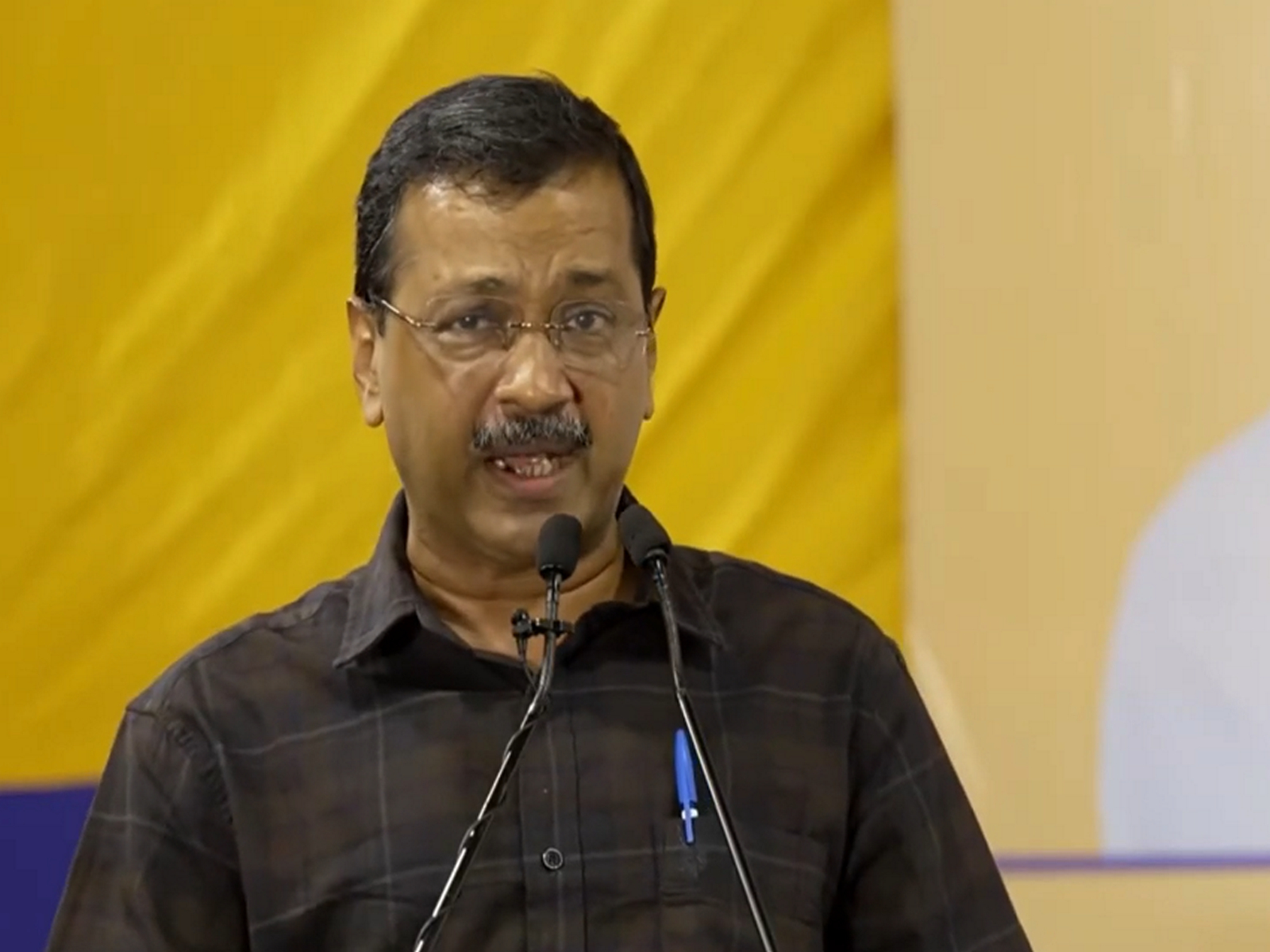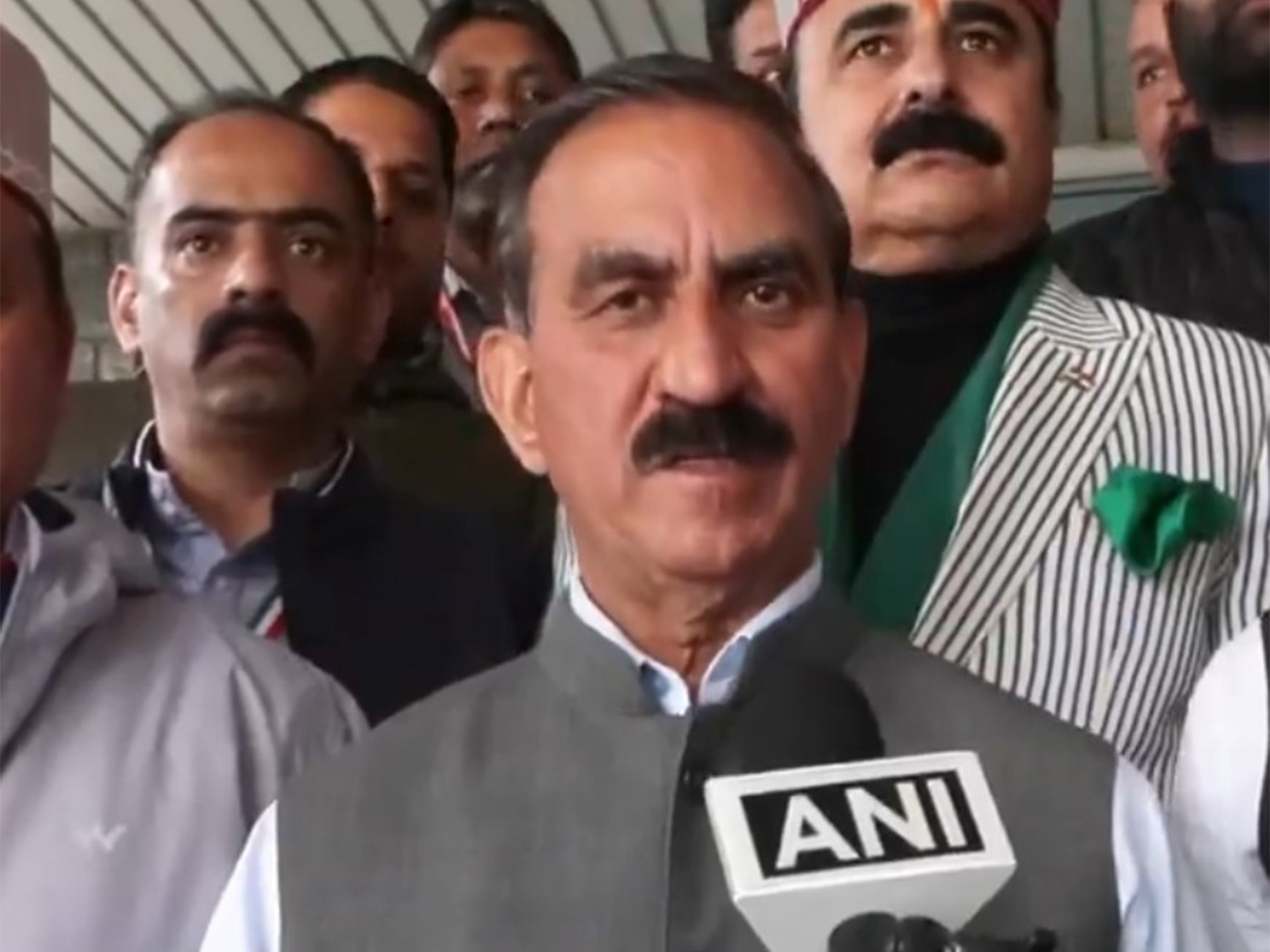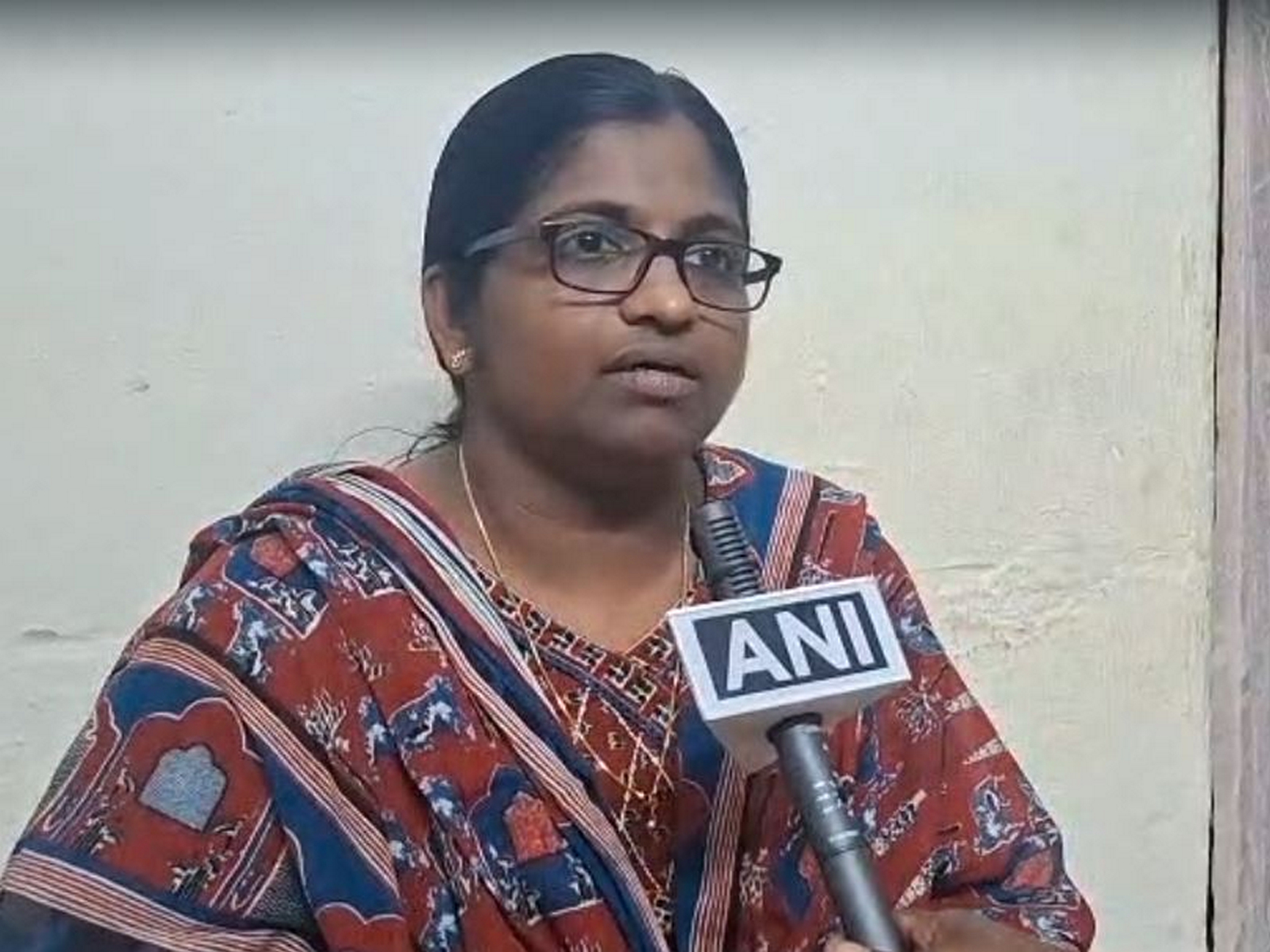RAMBHA-LP on-board Chandrayaan-3 measures near-surface plasma content: ISRO
Aug 31, 2023

New Delhi [India], August 31 : The Indian Space Research Organisation (ISRO) on Thursday said that the RAMBHA-LP, a payload attached to the lander module Vikram, which is on the lunar surface, of the Chandrayaan-3 mission, has made the first-ever measurements of the near-surface Lunar plasma environment over the south polar region.
Taking to social media platform X, ISRO said, "Radio Anatomy of Moon Bound Hypersensitive Ionosphere and Atmosphere - Langmuir Probe (RAMBHA-LP) payload onboard Chandrayaan-3 Lander has made first-ever measurements of the near-surface Lunar plasma environment over the south polar region."
"The initial assessment indicates that the plasma near the lunar surface is relatively sparse," ISRO wrote on X. 
Langmuir (after Irving Langmuir) probe is a device used for characterising a plasma. It features a 5 cm metallic spherical probe mounted on a 1-meter boom attached to the Chandrayaan-3 Lander's upper deck. The probe is deployed using a hold-release mechanism after the lander's lunar touchdown. The extended boom length ensures that the spherical probe operates within the undisturbed lunar plasma environment, isolated from the lander's body.
According to the country's space agency, the system can detect minute return currents, as low as pico-amperes, with a dwell time of 1 millisecond. By applying a sweeping bias potential ranging from -12 to +12 V in increments of 0.1 V to the Langmuir probe, the system can accurately determine ion and electron densities as well as their energies based on the measured return current.
The initial assessment indicates that the plasma encompassing the lunar surface is relatively sparse, characterized by a number density ranging from approximately 5 to 30 million electrons per cubic meter. This evaluation specifically pertains to the early stages of the lunar daytime. The Probe operates without interruption, aiming to explore the changes occurring in the near-surface plasma environment throughout the lunar day.
These ongoing observations hold significant implications for comprehending the process of charging within the lunar near-surface region, particularly in response to the fluctuations in solar space weather conditions.
These quantitative measurements potentially assist in mitigating the noise that Lunar plasma introduces into radio wave communication. Also, they could contribute to the enhanced designs for upcoming lunar visitors, ISRO added.
Development of RAMBHA-LP was led by Space Physics Laboratory (SPL), Vikram Sarabhai Space Centre (VSSC), Thiruvananthapuram.
India took a giant leap on August 23, as the Chandrayaan-3 lander module successfully touched down on the moon’s South Pole, making it the first country to have achieved the historic feat. The country became only the fourth — after the US, China, and Russia – to have successfully placed a lander on the moon.
Prime Minister Narendra Modi later announced that the touchdown spot of the Vikram lander on the lunar surface would from now onwards be known as the ‘Shiv Shakti’ point.

















